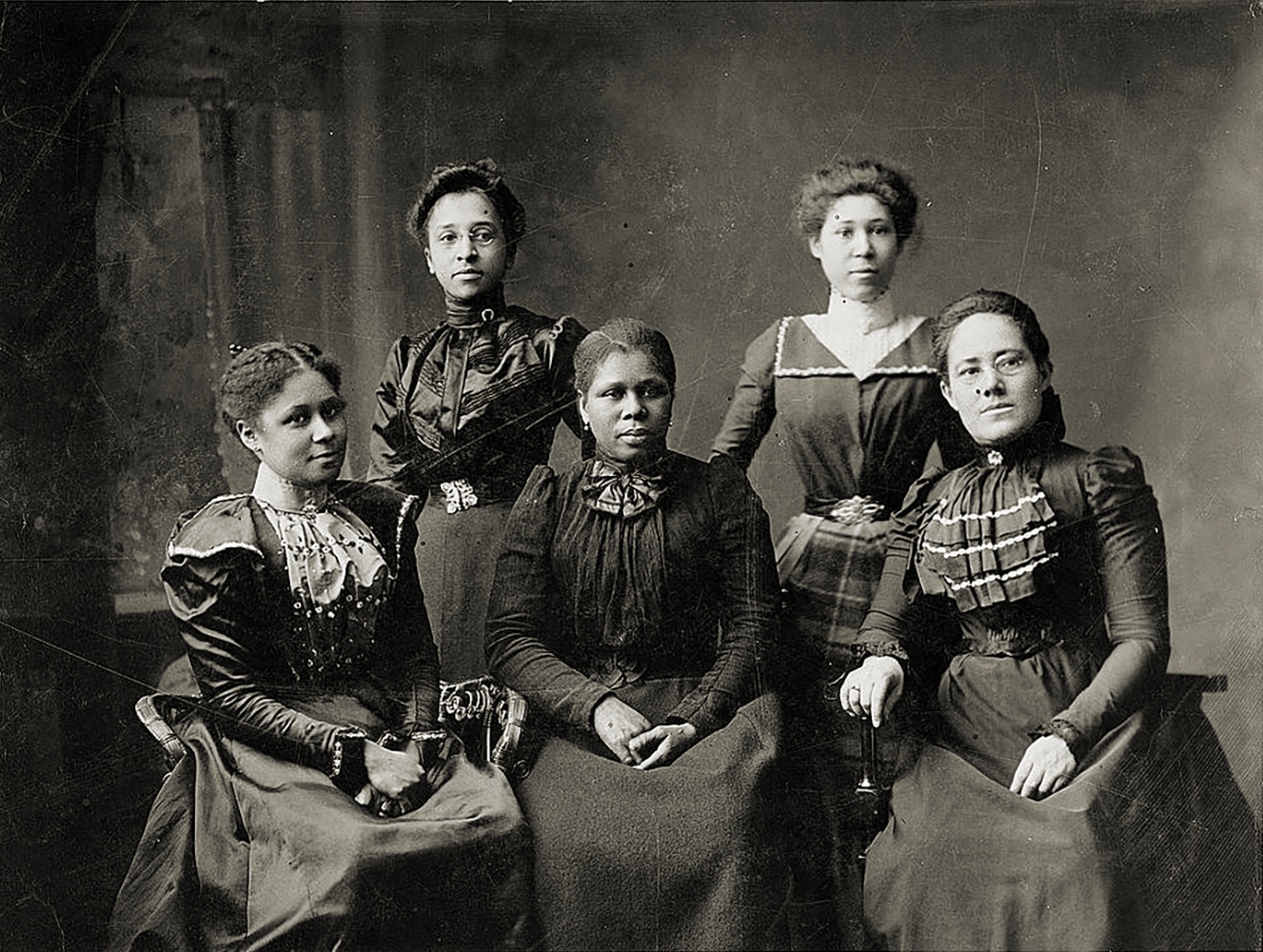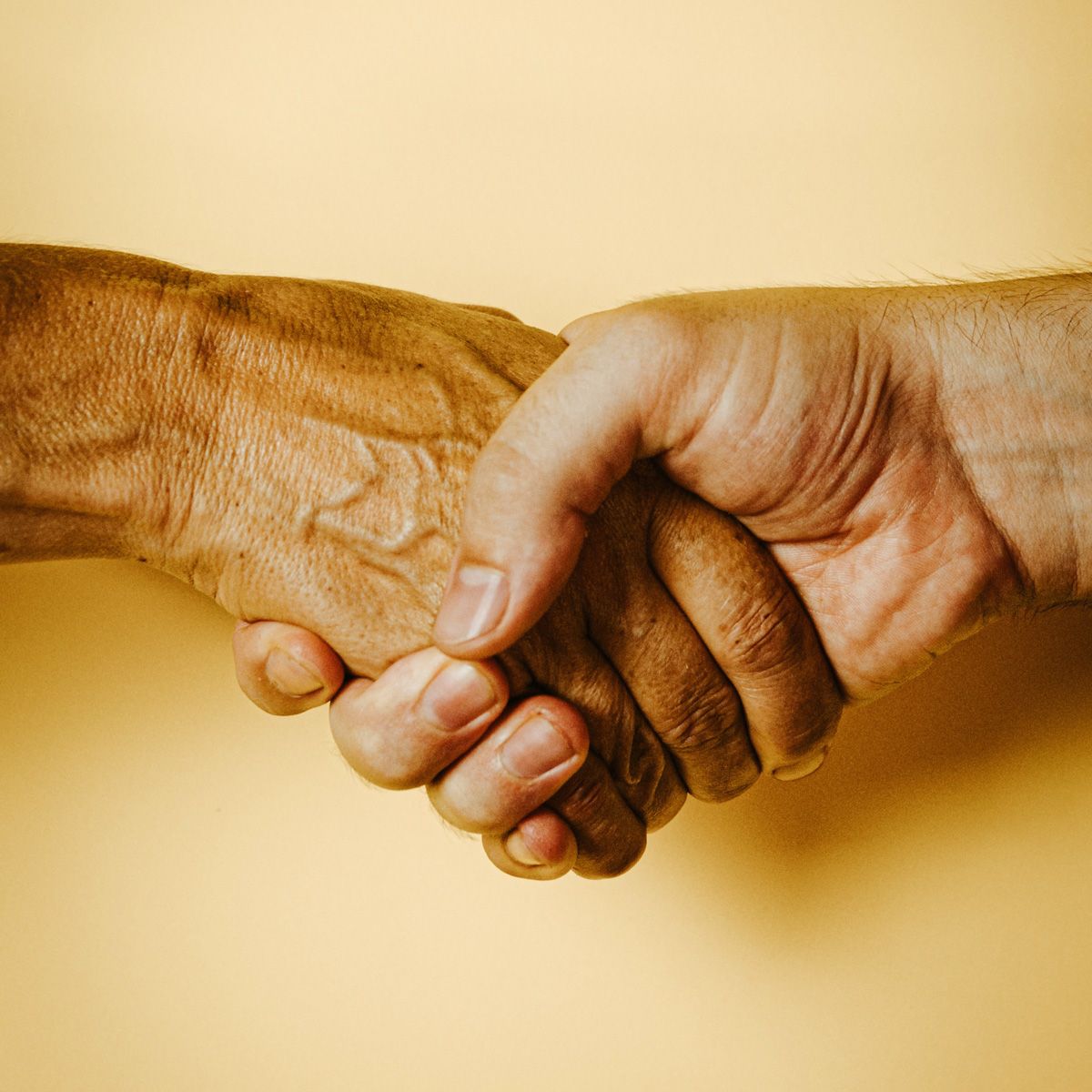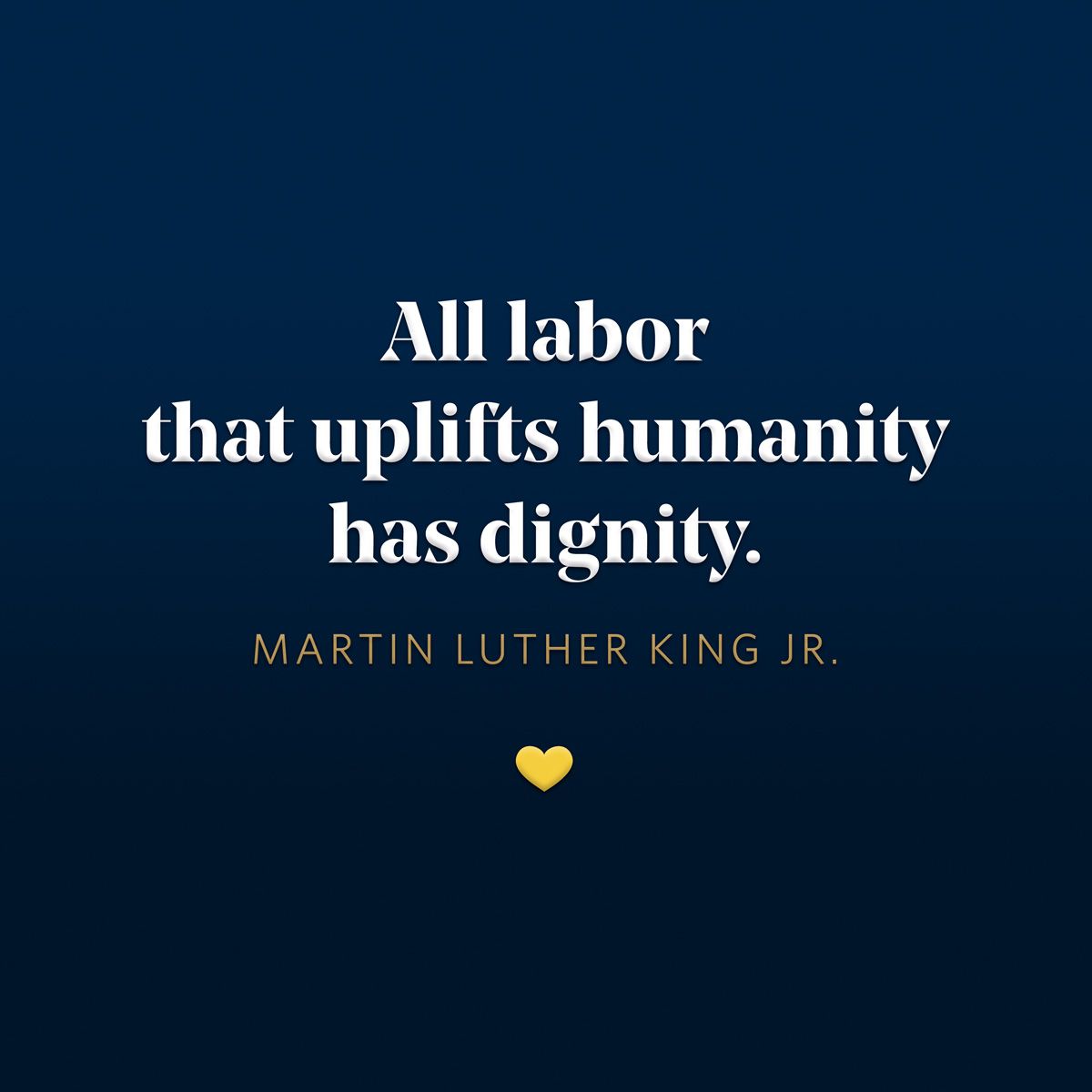|
VOLUME 4 NUMBER 36: Clay Rivers on finding empathy when he least expected, Sabrina Bryant reveals the Black women’s integral role in the Women’s Suffrage Movement, Charles Estacious White’s award-winning “The Tale of Arthur Delacroix,” and a quote by MLK Jr. Letter from the Editor💛 Hey Reader, Why do some white people work to achieve racial equity while others are happy to maintain white supremacy? I’ve found the greatest, single catalyst for diminishing racial bias and discrimination is empathy. The ability to understand and share the feelings of another. And sometimes people with a long history and dedication to civil rights advocacy can be found when you least expect it. A while back, a friend and I were off to breakfast in downtown Orlando when we came upon three older white guys yucking it up. We stopped for a moment and my friend introduced me to the trio. We all exchanged hellos, and obligatory small talk ensued. I kept quiet as my biases ascertained I was in the presence of fellows from the good ole boys club. They were probably laughing at some well-worn trope about Black people. What else could three old white guys be discussing, right? For a little context, back then, far too many white people I knew surprised and disappointed me by parading their unmasked racist beliefs—much like I did in the preceding paragraph but with less subtlety. I wasn’t about to give the benefit of the doubt when I had no doubt. Why set myself up for regret again? Fool me once, shame on you. Fool me twice, shame on me. I checked out of the conversation, smiled and nodded, and mulled over whether to order eggs Benedict or pancakes when the time came. On the way to breakfast, my friend said, “Bruce is a really great guy. You know he’s a big wig in legal circles.” “Really?” It would be eggs Benedict, for sure. I continued on my way, totally unfazed by my prejudicial assessment of someone I didn’t know anything about. And didn’t care to know anything more outside of my own opinion. What could we possibly have in common? Fast forward almost three years to the day of that breakfast . . . I accompanied the same friend to a luncheon. Upon arrival, he waved to a guy across the room in a suit and tie who looked vaguely familiar. The guy waved back, it was Bruce. He was the speaker for the luncheon. For some reason, I was curious as to what he had to say about his work. Two bites into our salads, Bruce opened his talk with a little background on his favorite judges. My friend received an important call and left me to take in Bruce’s quick review of the Reconstruction Era, and how problematic the period was for our country. Of course, I knew where Bruce was going, and I didn’t want to stick around to reach the destination. I assumed Bruce would take the opportunity to make his case as another Confederate apologist. But I couldn’t get up and walk out because everyone notices when a forty-eight-inch tall Black man enters or leaves a room. Plus, I was seated near the front. Trapped. With a mouth full of mixed field greens and champagne vinaigrette and no way to escape unnoticed. I also couldn’t have been more wrong about Bruce. In fact, Bruce’s favorite judges either dissented with rulings that oppressed Black people or ruled in favor of civil rights and racial equity. My ears perked up for the rest of the speech. Over the next forty-five minutes, Bruce, a native Orlandoan, minced no words criticizing central Florida’s history of turning a blind eye to racist acts perpetrated against Black people (for example, the lynching of July Perry) and court rulings that enabled segregation and white supremacy to flourish unfettered (see the Groveland Four). He went on to tell us about his work and what motivates him. Bruce’s speech wasn’t boastful self-promotion and bore no signs of political animus. He simply presented wrongs that should not have occurred in the first place followed by his efforts to ensure that everyone he encounters is treated fairly. Once you see the humanity in another person, you can never unsee it. —Clay Rivers
Frankly, when someone white of a certain age decries racial injustice about a time when sundown towns and lynchings were all the rage, I am still shocked. I say that because publicly expressing pro-Black opinions then, and even in some circles now, was unpopular and often proved costly. Midway through the presentation, a familiar question came to mind: How did Bruce, a white guy who grew up during the height of segregation in the South no less, become such a passionate proponent of racial equity? I say that because it’s practically a Herculean feat for a good number of white folks to even say Black lives matter, let alone admit publicly that America’s justice system may have bungled a ruling a time or two. I’ve always been enthralled with learning people’s stories, and the lived experiences that shaped them into the person they are today. What life lessons have they learned? I had my own theory about Bruce but wanted to hear his answer in his own words. Typically, I get in-depth answers to those questions in one-on-one situations. The luncheon didn’t strike me as the ideal place to ask such a probing question. When Bruce wrapped up, I rushed to the podium, re-introduced myself, and asked if we could chat sometime over coffee as I had a few questions for him. Less than a week later, at Bruce’s invitation, I met him in his office, eager to pose my unasked question. But in a surprising move, Bruce asked me to share the Clay Rivers story. I gave an oral highlight reel and finished up with the work of Our Human Family and OHF Weekly, to which Bruce responded by asking questions that revealed a genuine interest in the projects. I queried him about the reason for his advocacy for Black people. Like most people, he couldn’t point to any one incident as a defining moment per se, but what I gleaned from the personal anecdotes he shared with me was that he had experienced a number of losses and all that accompanies “doing without” — the judgment, being denied opportunities based on others’ assumptions, and the list goes on. Nothing fosters empathy deeper in people than having lived through a similar experience. And withholding of that which is rightfully due is at the heart of racism. I’m a firm believer that when people have experienced things in their lives, living through those experiences can serve to motivate them to do what they can so that others don’t suffer the results similar circumstances. Bruce also shared with me his yearslong involvement with a program that rehabilitates ex-offenders and helps re-integrate them back into society. All in all, the visit with Bruce proved to be far more revealing and beneficial than I could’ve ever expected. I’m of the mind that it’s incumbent upon marginalized groups of people fighting for civil rights, equal rights, and access to equal opportunities to speak out against injustice wherever it exists. But in order to dismantle systemic racism two fundamental things must happen: - White people and those in positions of power must first acknowledge and work to change the bias and prejudice that resides within themselves.
- White people must acknowledge the racism that exists in society and its damaging effect on the humanity of Black, Indigenous, and People of Color.
- They must actively engage in and support efforts to dismantle racist systems.
With these prerequisites met, people like Bruce and others realize that we’re all the same and deserve to be treated equitably regardless of their skin color, and neither punished nor rewarded because of it. They understand that it’s not right for someone to deny their rights, and that it’s not acceptable for it to happen to anyone else. Love one another. Clay Rivers
OHF Weekly Editor-in-Chief
More from Our WritersThere are many women who educated other women by using their talents of writing and speaking to make their opinions known.By Sabrina Bryant  Photo of five women officers of the Women’s League in Newport, Rhode Island, c. 1899 I remember learning about the Women’s Suffrage Movement in junior and senior high school. Instructors taught us how pioneers like Susan B. Anthony, Elizabeth Cady Stanton, and other white women fought tirelessly to gain the same voting rights for women as white men. The assumption has always been that since African Americans were enslaved during that period, they couldn’t possibly have either played any part in the movement or offered any meaningful contributions if they did. But this notion could not be further from the truth. Throughout the struggle for women's rights, Black women were always in the trenches with white women and worked just as tirelessly despite facing greater opposition. Yet rarely have their efforts shared the same spotlight as those of their white counterparts. What follows are the names of a few prominent Black women who were involved in the Women’s Suffrage Movement and their contributions in not only securing the right to vote for all women but Black men, too. Read the full article. 🏆 In Charles Estacious White's Equal People 2022 Short Story Writing Contest award-winner, an 1860s Louisiana enslaver learns the value of empathy from the inside out.By Charles Estacious White Content Warning: The following story contains graphic violence, murder, and strong racist language. ILouisiana, 1868. Saint Bernard Parish lay in ruins. The backwoods were littered with deceased freedmen. Trees wore the bloody fruit of people who had been enslaved less than a decade ago. Arthur Delacroix’s chest heaved in gratification as he thought of how many niggers he sent to hell this night. His hands were stained with the blood of the freedmen he and a gang of white men had massacred. “These niggers won’t be voting for that bastard Grant. White folks run this shit, not that traitor to his people. Republican scum won’t beat Seymour. 1868 is the year white folks win back the South.” He still clutched voter registration papers he had removed from dead freedmen. He thought, “they won’t be voting,” as he threw the pieces in his fireplace. Only ten years ago, the Delacroix Plantation had been a decent producer of sugar cane and the home of twelve enslaved people. But unfortunately, Lincoln freed them when the war came, and he lost everything. He still raised a tiny bit of cane, but now he hired poor white folks to harvest his cane since he couldn’t own darkies anymore. He wasn’t about to pay folks he once owned any hard-earned money. Delacroix went to the water basin and washed the blood from his fingers and hands. The mirror reflected a face splattered with dried blood and small bits of flesh. To him, it looked like a good night’s work, but to any rational human being, it was horror. Art was a big man. He was built like an oak tree and had arms the size of tree stumps. A vast brown beard with gray streaks stretched across his broad face. His eyes looked wild and were small for his hog-sized head. He was of average height, but his hatred of all things non-white made up for his lack of stature. He removed his blood-stained clothes and put them in a burlap sack he was carrying. Tomorrow they would go on the fire. He felt good as he crawled into bed next to his wife. It was a good night’s work, and the Negroes left alive knew they better not show their dark faces at a poll this election day. He drifted off to sleep with gratification coursing through his body. He felt no empathy for the people he’d slaughtered. Read the full article.
Final Thoughts
|





